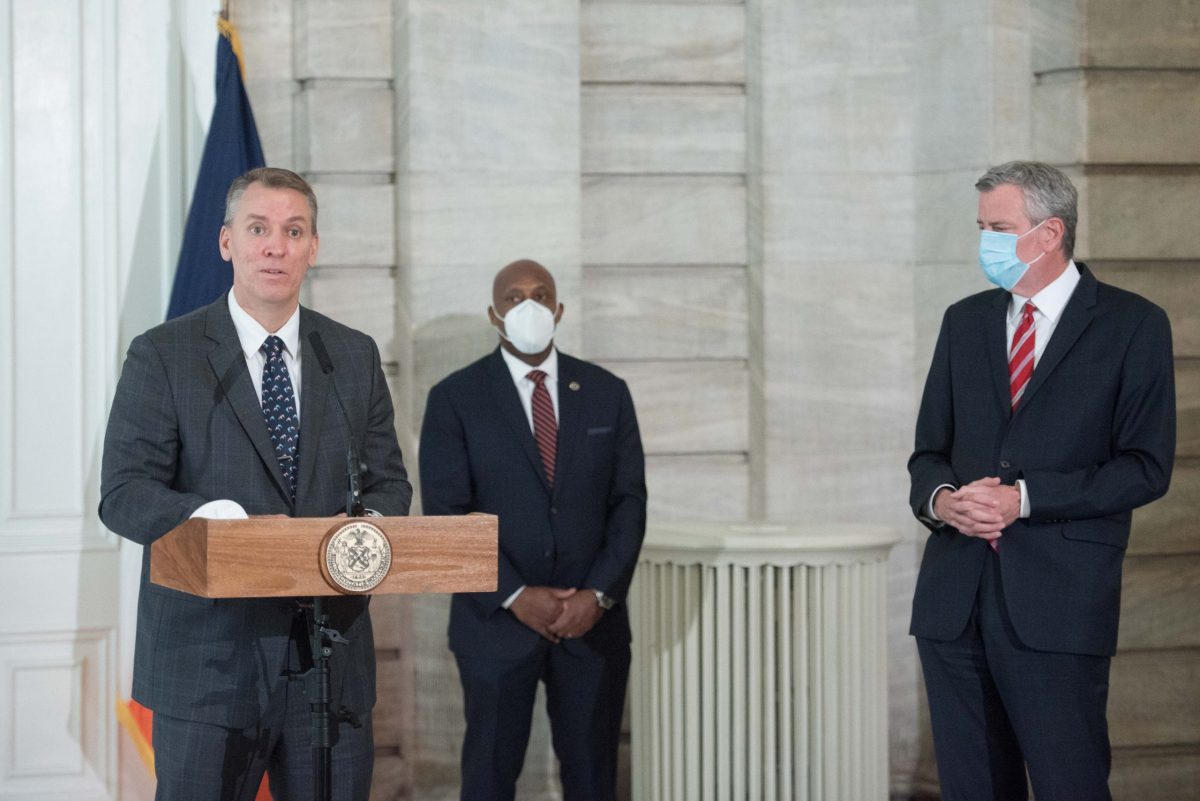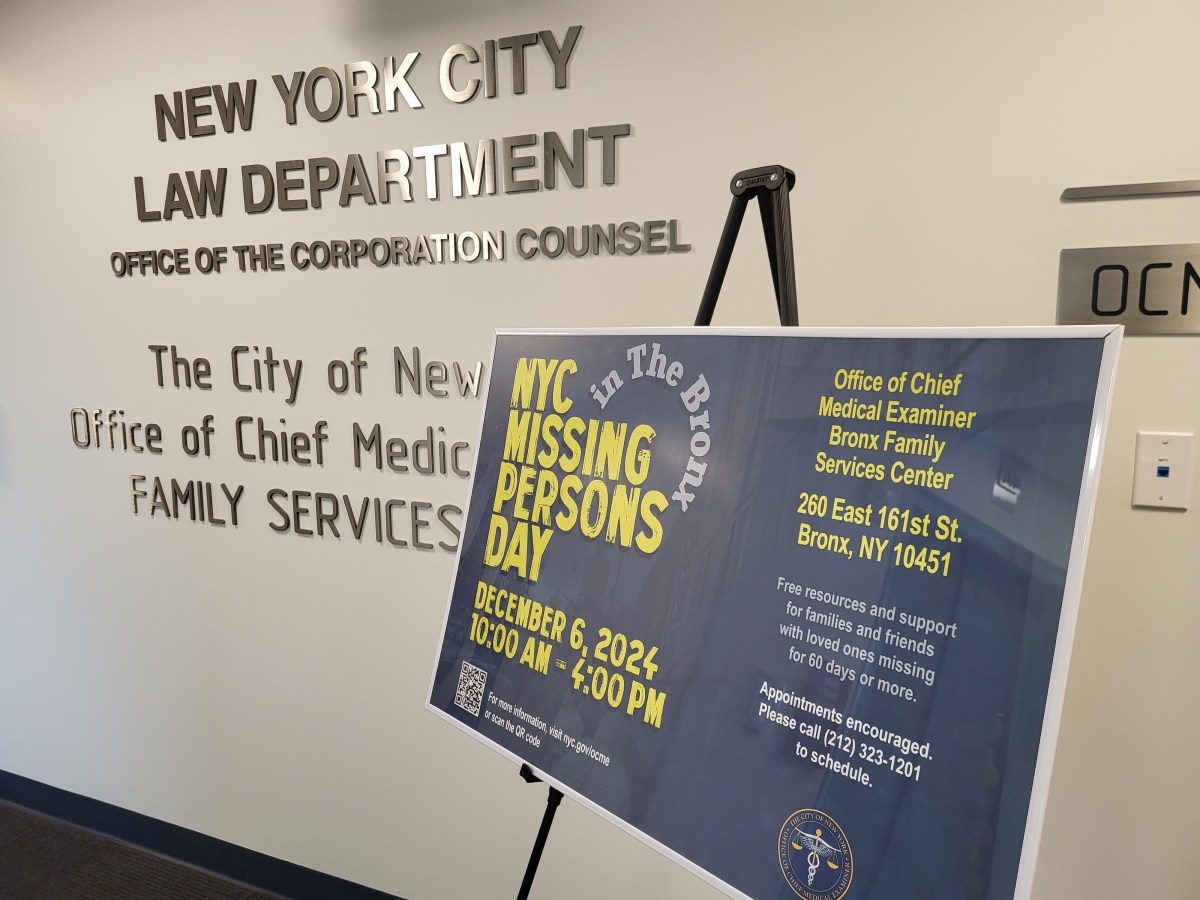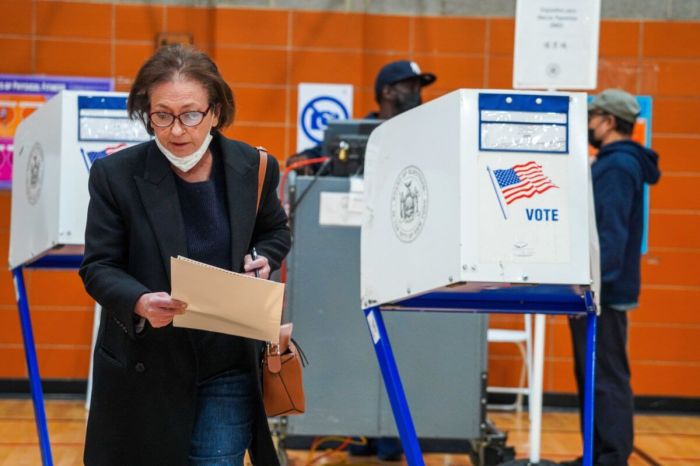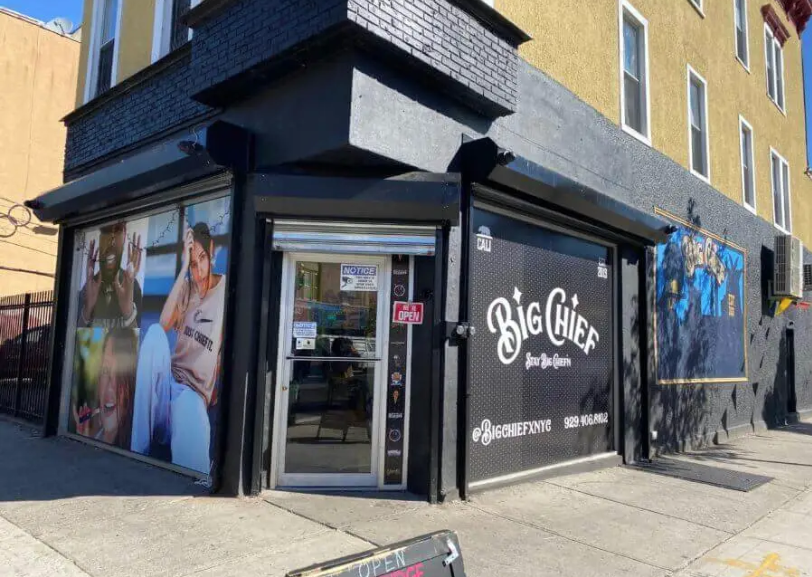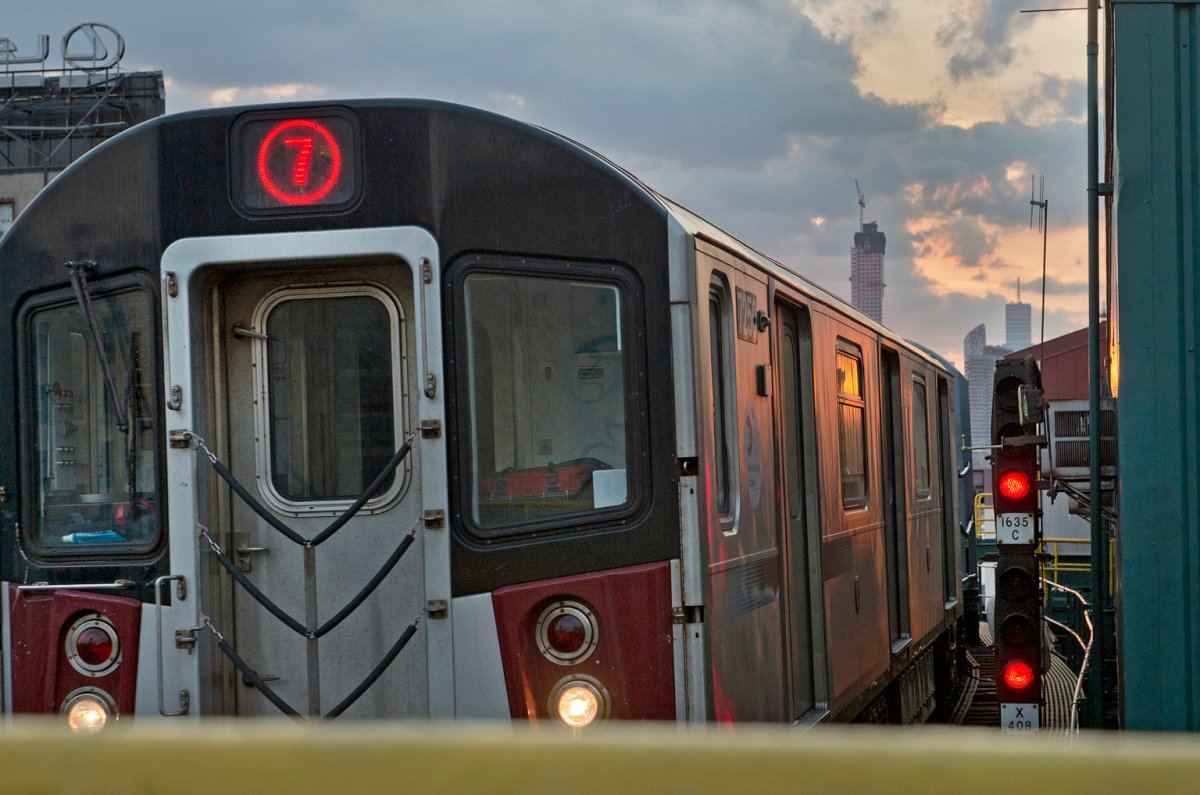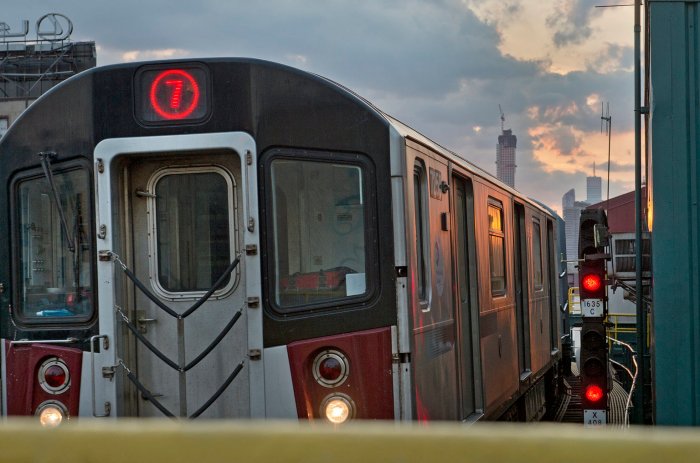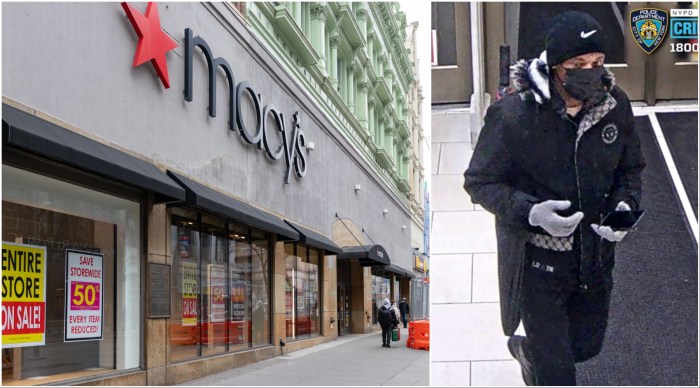Facing numerous calls for reform over the past weeks, Police Commissioner Dermot Shea announced on June 15 a rather startling development: the immediate dissolution of the NYPD’s Anti-Crime Units.
For decades, the units — comprised of plain-clothed officers trained to spot gun-toting criminals — have made thousands of arrests of armed suspects seeking to rob, maim or kill individuals. At the same time, however, these units have also been in the thick of numerous instances of police brutality and police-involved shootings.
Shea acknowledged that the units had inappropriately stopped people in some communities, and that there were “a disproportionate number of complaints and shootings as they (the unit officers) are doing what we ask of them.”
The commissioner said the dissolution decision came not in judgment of the officers who served the units, but rather to modernize and reform how the NYPD does its job. The officers remain on the force now, with new assignments.
Yet, in making this decision, Shea and the NYPD are taking a mighty gamble.
For this to work, the NYPD will need to employ more modern policing tactics — more “brains and guile,” less “brute force,” as the commissioner said. They will need to work with local prosecutors to build stronger evidence for criminal cases.
And they will need the community’s trust — something that’s difficult to find right now given the unrest over the George Floyd killing in Minneapolis, and myriad other incidents of police brutality in New York and across America.
The changes happen not only as the cries for reform grow louder, but also at a time where New York City is seeing a troubling spike in shootings and murders. There were three more shootings, one of which was deadly, across New York mere hours after Shea’s announcement Monday.
Whether the demise of Anti-Crime Units will make our city safer, and the NYPD more trustful in the public’s eyes, remains anyone’s guess. What it underscores, however, is the need for the city to get moving on a united approach toward overhauling the NYPD.
Shea stressed that the NYPD has reformed its policies in the past from within. But the current situation requires more than just internal reform. If the NYPD wants the public’s trust back, it must involve the public on transforming the NYPD to better serve the city.
That’s not just a gubernatorial mandate; that’s been a long-ignored cry from New Yorkers.



